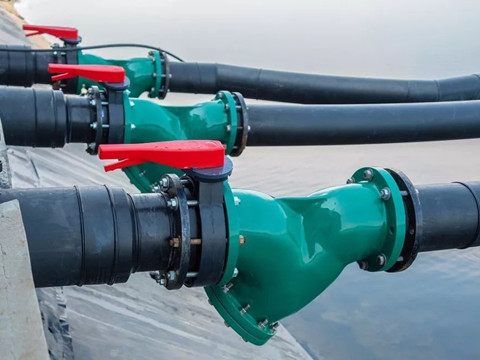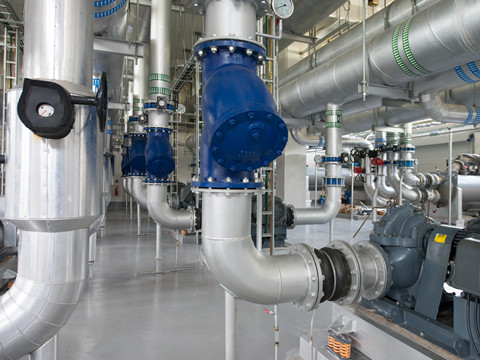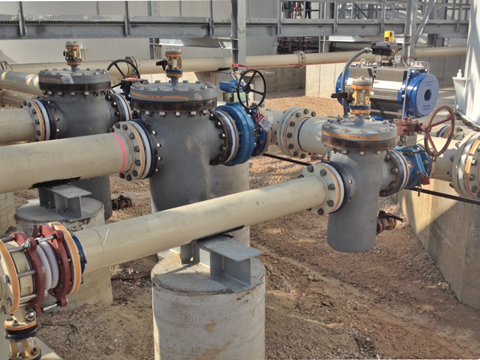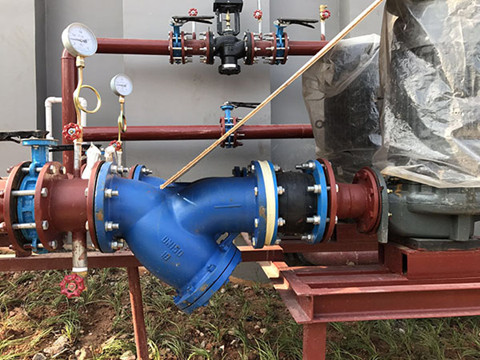
Stainless Steel Y Strainer Collection
In this modern society, valves are considered very useful components in different processes of manufacturing and systems of supply. If you look around you, values are part of every household. They are responsible for controlling the flow of all types of liquid, as well as the rate, pressure, volume and the direction. Not only that, valves control the direction of different gases, slurries and other dry materials through a pipe or any other type of passageway. Without these valves, there will be no automatic heat, public utilities or fresh water, and there will be no energy of any kind.
Strainer
Stainless Steel Y Strainer Manufacturing
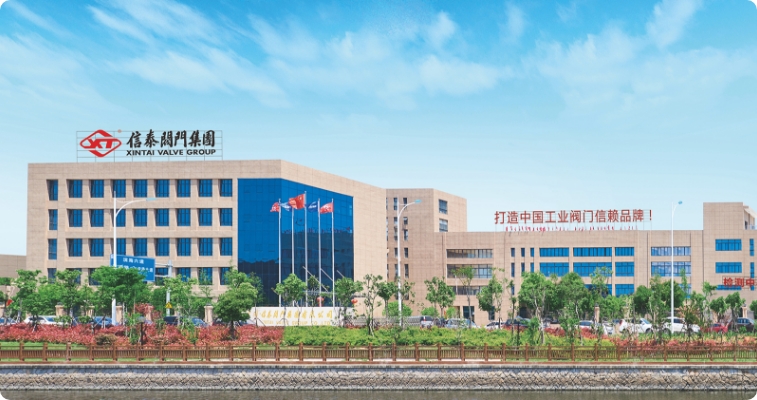
About XINTAI
XINTAI VALVE GROUP CO., LTD. was founded in 1998, is a professional valve manufacturing company that conjoins R&D, casting, development, production and sale. The Group's headquarters is located in the Longgang Airport New District, Wenzhou, and is centered on research and manufacturing technology.
The factory covers an area of approximately 30,800 square meters. The two major bases for casting were respectively located in the central industrial zone of Longwan District, Wenzhou, with an area of 9,800 square meters. Longwan Airport New Area Casting Base in Wenzhou, with an area of 28,000 square meters. The existing staff of 578 people, including high and mid-level engineering and technical personnel 58 people, mainly in oil, natural gas, chemical, power stations, metallurgy, national defense, water conservancy projects, pharmaceuticals and other fields.

Strainer Inspection Report
We will issue an inspection report like this before all orders ship. The basic inspection steps include a visual examination, dimension check, witnessing test, painting check, packaging check, then issuing the finished test report. We can also carry out special tests according to customer requirements.
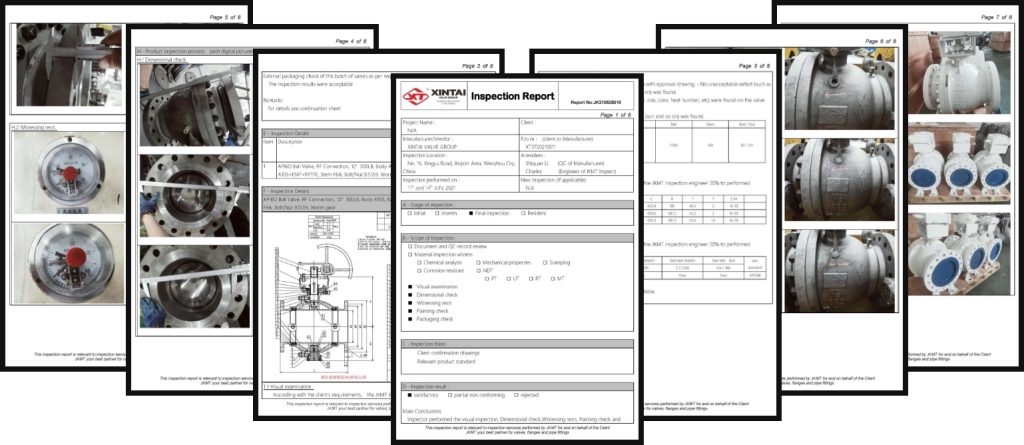
Our Team
We Will Serve You With The Best of Our Capacity By Expert Team
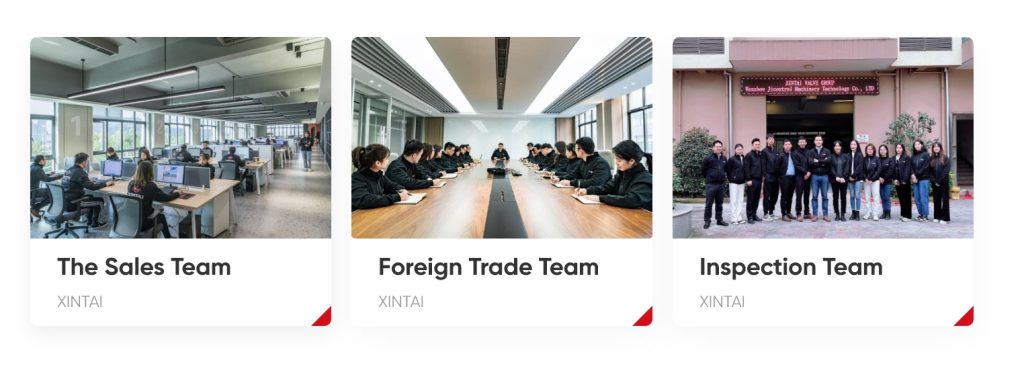
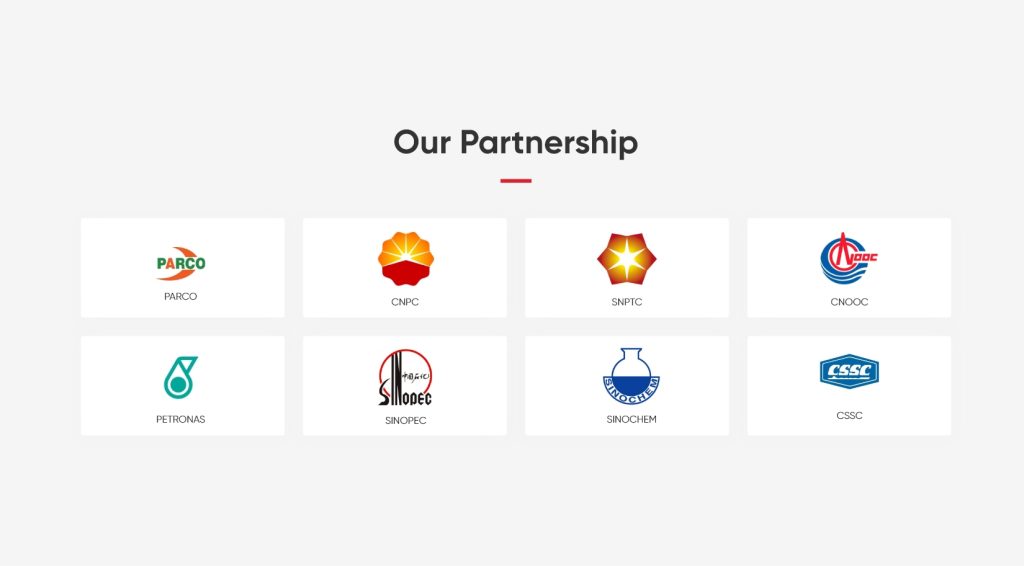
We are prestigious manufacturer and supplier of Industrial Casting Strainer in Wenzhou.
XINTAI is registered with the following governmental agencies:
American Petroleum Institute(API) No. 6D-1778
Quality Management System Certificate of Approval (ISO9001:2015)
Certificate of Quality System Approval(CE) No. HPiVS-IP1001-015-Q-04-00
Certification of Registration( OHSAS18001) No.86185710109S


We design, engineer and produce your tailor-made valves.
The Best Solution for Oil& Gas industry
Serving an impressive list of long-term clients with experience and expertise in industries.

The Different Types of Industrial Valves
When we look at piping and pumping systems externally, we generally see the set up as a whole rather than looking at its many working components individually. But there's that one part that plays a very crucial role. They are the valves. They act like tiny knobs regulating the flow of fluids as well as cutting off supply completely if required.
Industrial valves are of varied types, with each based on a different working principle and performing a different function. Right here, we've discussed the 9 most common types of industrial valves.
1. Ball valves - It is a hollowed out ball-shaped disk that is fitted inside a pipe. The valve starts and stops flow by the quarter turn rotational motion of this disk. When the valve is open the hollowed end is aligned in the direction of the flow and closed it sits perpendicular to the direction of the flow.
2. Plug valves - Also called cock valve, it uses a cylindrical or tapered plug with a bored passage to block, start or throttle flow. Turning the handle or wheel, arranges the hollow opening of the plug with the inlet and outlet ports opening the passage. It is blocked, when the solid part aligns itself with ports.
3. Butterfly valves - It's yet another valve that uses the rotational motion; ball and plug valves work in the same way. It only uses a thin-disk in the flow path instead of a ball-shaped unit or a cylindrical plug. They are quick to use, extremely lightweight and easily adaptable.
4. Gate valves - This is the type of valve used in a tap. Opening and closing the valve involves raising and lowering metal gates respectively. A wedge is inserted into a seat. With gate valves, the passageway can either be fully closed or fully open; there is no in between. They are also called sluice valves.
5. Globe valves - It is similar to a gate valve in that it uses linear motion to throttle flow. It differs in its use of a disk instead of a wedge. It can also be adjusted to lower or increase flow; the advantage of a globe valve is that it does not leak as much as other valves. They are also among the most popular type of valves used across various applications.
6. Pinch valves - The construction features a pinching mechanism and a sleeve of molded rubber or synthetic material. The flow path in the open position is unobstructed. The flow is cut off by pinching the flexible membrane, by lowering a bar or gate.
7. Diaphragm valves - They work similar to pinch valves; a flexible diaphragm is inserted such that it fastens itself to the seat blocking the flow. Its advantage over pinch valves is that it creates an extremely tight seal and hence is used in applications that have a high purity requirement.
8. Relief and Safety valves - As fluids pass through the system, there is a possibility of an unprecedented increase in pressure, which if unchecked could prove hazardous. This applies especially if you are dealing with hazardous fluids. Relief and safety vales release pressure periodically, whenever it goes beyond the set point, to prevent damage.
9. Check valves - Check valves allow for unidirectional flow of fluids; they do not allow it to flow back. The non-slam nozzle check valves check pressure surge and prevent water hammer.
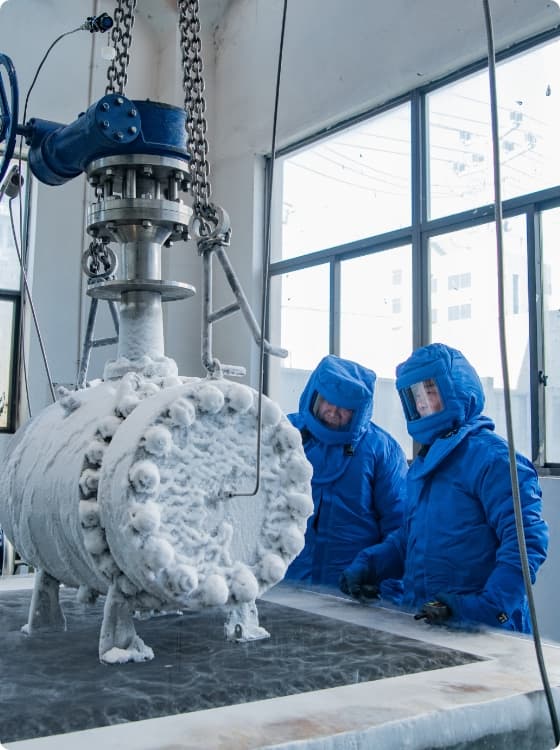
Contact Us
If you want to get a quotation or more product details, please leave us a message.








